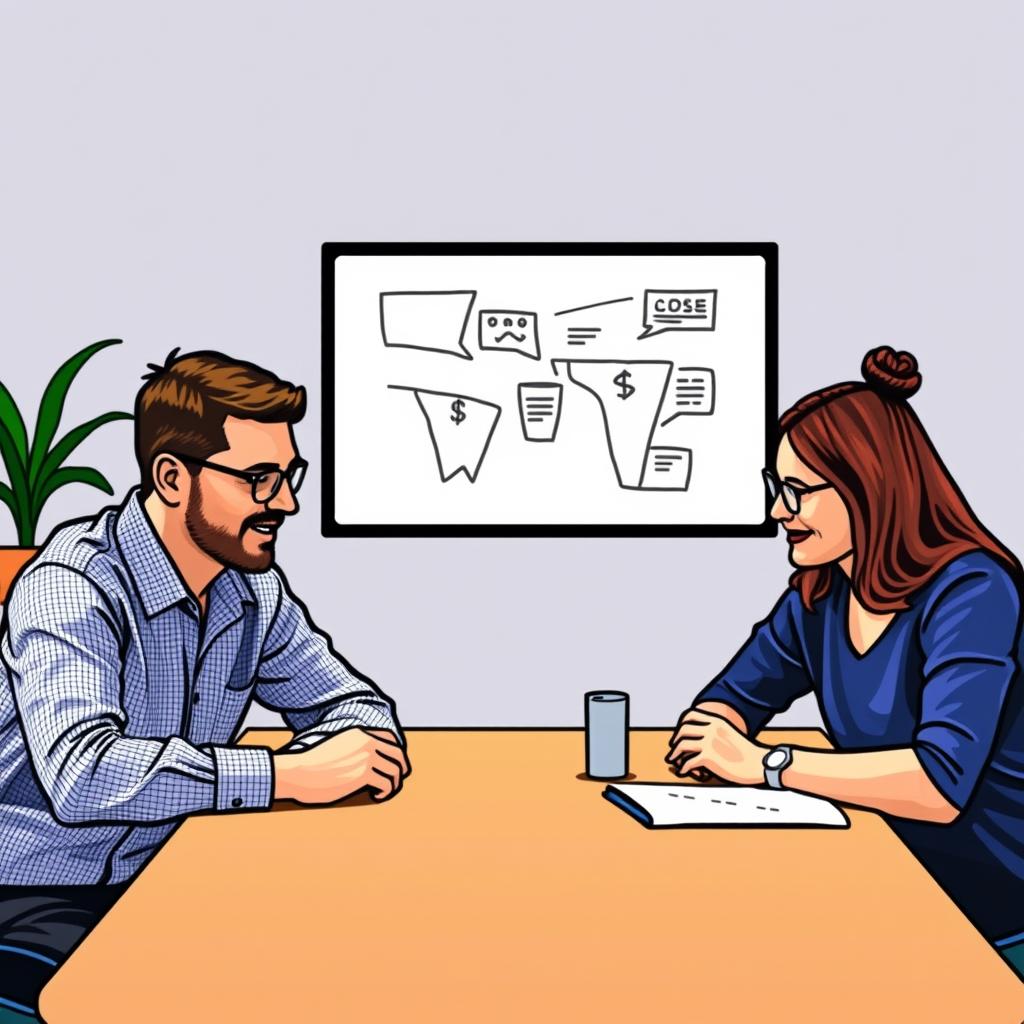Mastering Email Subject Lines: The Unsung Heroes of Remote Team Productivity
Estimated Reading Time: 5 minutes
- Understand the importance of compelling subject lines.
- Implement best practices to enhance clarity and urgency.
- Utilize practical templates for various email scenarios.
Table of Contents
1. Introduction
2. Examples and Templates for Effective Subject Lines
3. Next Steps
4. Conclusion
5. FAQ
1. Introduction
In the era of remote work, where teams are scattered across various locations and time zones, the humble email subject line emerges as a silent but powerful influencer on productivity. It’s the first—and often the only—opportunity you have to captivate your colleague’s attention in a sea of digital correspondence. A well-crafted subject line can make the difference between a message getting opened, read, and acted upon, or worse, lost forever in an overcrowded inbox.
The importance of a strong subject line cannot be overstated. According to recent studies, compelling subject lines can boost open rates by as much as 50%; that’s a significant leap for any business looking to enhance communication efficiency. But here’s the challenge: with the average office worker receiving over 120 emails a day, standing out can feel like an uphill battle. How do you ensure that your emails not only get noticed but also drive action?
This blog will tackle the common pitfalls that often derail email communication and provide actionable best practices to transform your subject lines into productivity powerhouses. Whether you’re announcing a project update, requesting feedback, or scheduling a team meeting, mastering the art of the subject line can lead to improved clarity, increased efficiency, and enhanced collaboration within your remote team.
So, are you ready to elevate your email game? Let’s dive into the best practices for writing subject lines that will not only get your emails opened but also ensure that your important messages resonate.
2. Examples and Templates for Effective Subject Lines
To navigate the high-stakes world of email subject lines, let’s explore some practical examples and templates that will streamline your communication process.
Best Practices for Writing Compelling Subject Lines
- Brevity is Key
- Aim to keep your subject line under 42 characters—this is especially crucial for mobile users, who may only see half of longer subject lines.
- Example: Instead of “Important Meeting Scheduled for Tuesday at 10 AM,” try: “Tuesday 10 AM Meeting.”
- Be Specific
- Avoid vague statements like “Update.” Instead, be specific: “Project Phoenix: Final Budget Due 4/26.”
- This clarity helps recipients understand the email’s urgency and relevance.
- Use Action Verbs
- Kick off your subject lines with strong action verbs.
- Example: “Review Draft Proposal” is more enticing than simply stating “Draft Proposal.”
- Maintain a Professional Tone with Personalization
- Personalize when appropriate, but be mindful not to overdo it. Use names or references sparingly to avoid feeling spammy.
- Example: “John, Your Thoughts on Project X?”
- Create Genuine Urgency
- If something is truly urgent, it’s acceptable to highlight that.
- Example: “URGENT: Server Issues Affecting All Teams” is straightforward and warranted, but don’t use urgency lightly.
- Brand Consistency
- For recurring updates, having a consistent format can foster recognition among your team.
- Example: “[Project Falcon] Weekly Status” provides context and consistency.
Practical Templates for Subject Lines
- Status Update: “[Project Name] Weekly Update – QA Results”
- Request for Feedback: “Action Required: Feedback on Design Mockups Needed by Friday”
- Meeting Reminder: “Reminder: Team Sync – Project Updates on Tuesday at 3 PM”
- Informational: “New Policy Alert: Review Workplace Flexibility Guidelines”
3. Next Steps
By implementing these best practices, you can transform your email subject lines into powerful tools that enhance communication and collaboration within your remote team.
To further refine your skills and gain access to personalized resources tailored to your communication needs, visit professionalizeitto.me. Here, you can subscribe to our newsletter for the latest insights, book a consultation for one-on-one guidance, or access our premium resources designed to help you communicate efficiently.
Don’t let your emails vanish into the abyss. Take the next step towards mastering professional communication today!
4. Conclusion
Crafting impactful email subject lines is not just a minor detail; it’s a strategic necessity in the framework of remote team productivity.
With the right techniques, you can transform a simple subject line into a powerful invitation for engagement.
As the digital world continues to evolve and AI technologies advance, the human touch in communication—particularly in crafting compelling subject lines—will remain irreplaceable. Embrace these best practices to elevate your email communication, and watch as your productivity soars.
5. FAQ
Q: How long should my subject lines be?
A: Aim to keep your subject line under 42 characters for optimal visibility, especially on mobile devices.
Q: Can I use humor in subject lines?
A: Humor can be effective in some contexts, but ensure it aligns with your audience and the email’s purpose.
Q: Should I personalize my subject lines?
A: Personalization can enhance engagement, but use names sparingly to avoid coming off as spammy.
Q: What if I don’t have a lot of information?
A: Focus on what’s most relevant, and consider using a template to guide your subject line construction.
Q: How can I test my subject lines?
A: Use A/B testing to compare different subject lines and determine which ones yield higher open rates.
With these insights, you are well on your way to becoming a pro in email communication! Embrace the art of the subject line and let your messages shine in the crowded inbox of remote work.
